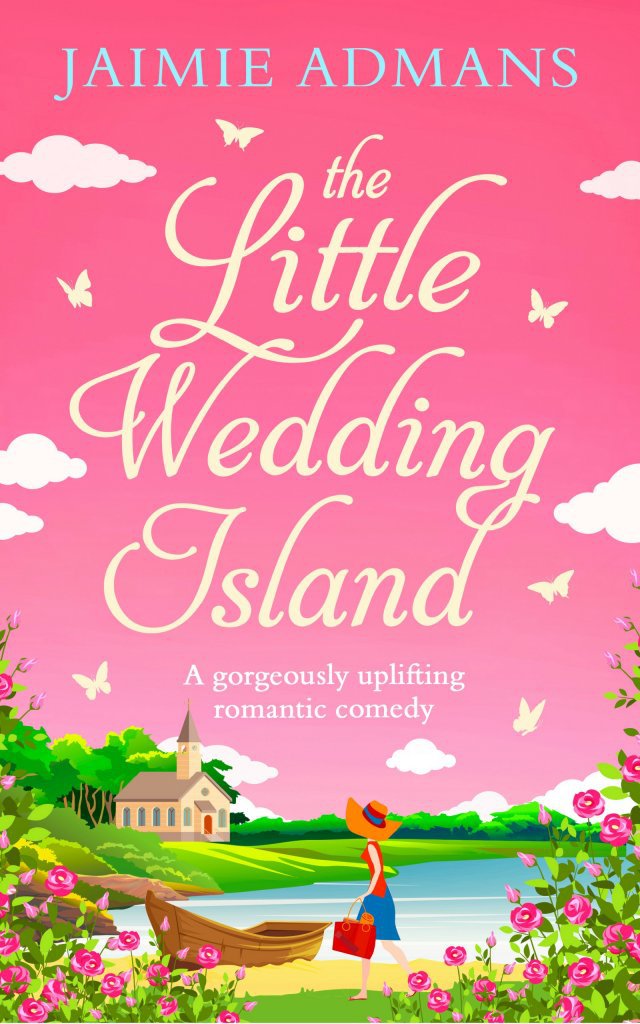
One could describe Pakistan as a military with a state. A nuclear power, with a large professional military, wedged between Afghanistan, Iran, and India, the country’s location, combined with its military capabilities, makes it a formidable regional power with which the United States must necessarily engage to advance its policies in South and Central Asia. Anatol Lieven, through Pakistan: A Hard Country, unravels the complex threads that tie the country together.
Pakistan and Identity
Pakistan mixes tribalism and modernity, militarism and liberalism, secularism and Islam, and justice and honor, all united by a mutual suspicion towards its larger neighbor, India. Additionally, like most countries in the modern era, it also contends with globalization, urbanization, and the long shadow cast by decolonization. An Islamic Republic with the world’s fifth largest population, and where 49% of the population speaks English as a second language, making it home to the third largest group of English speakers in the world, the country possesses a fluid identity.
Lieven’s narrative helps guide the reader through this intermix of contradictory impulses and helps explains the underlying tension in Pakistani society that finds expression in communal violence, coups, and a combative foreign policy. His discussion addresses the competing political factions, the continual tribal conflicts, and the social discord experienced by a country caught between multiple worlds.
Pakistan and Terrorism
Lieven dedicates one part of four to address the country’s relationship with the Taliban. A religious movement born in the Pashtun region shared by Afghanistan and Pakistan, the group has long enjoyed a beneficial relationship with Pakistan.
Historically speaking, Pakistan, recognizing its general military inferiority with India (reinforced by the fact that it lost all four of its wars with its adversary), has typically embraced militant movements as a forward buffer to create strategic space in the event of a war. Such relationships allow Pakistan to continue influencing the outcomes of conflicts even when faced with a clear military disadvantage.
Yet Lieven also shares that among the general population, tribal and religious identity also reinforce Pakistan’s relationship with these armed groups. Unsurprisingly for a country with such richly mixed identities, the Pakistani government simultaneously combats the Pakistani Taliban within its own borders while providing material support to the Afghan Taliban in its war against Kabul and its allies.
Pakistan and Nuclear Weapons
Although Lieven’s work does not discuss at length Pakistan’s possession of nuclear weapons, he does address the central role of the country’s military in its politics. The military offers social and political stability, economic opportunity, and a common identity. For this reason, the military possesses considerable influence in the direction of the country.
Lieven describes how the entirety of the country’s military apparatus has a fixation with India generally and Kashmir specifically. This obsession is also expressed in the country’s political rhetoric. The focus on India has led the military to assume a great amount of power, but to also pursue nuclear weapons and relationships with Islamist militants.
The country’s political turmoil, social upheaval, and vulnerability to extremism has created expected alarm about the security of its nuclear weapons. This concern even finds itself expressed in board games, such as GMT Games Labyrinth, in which one opportunity for Jihadists to obtain nuclear weapons is through Pakistan.
Pakistan: a Hard Country
Understanding all of these layers in Pakistan, and how they have come together to create a country of contradictions and conflicts, becomes easier by reading through Lieven’s work. The demands placed upon the state by the competing interests and identities make the country a difficult one to govern and understand. Lieven captures the richness and complexity of a country trapped between worlds, wars, and ideas.
Advertisements Share this:




